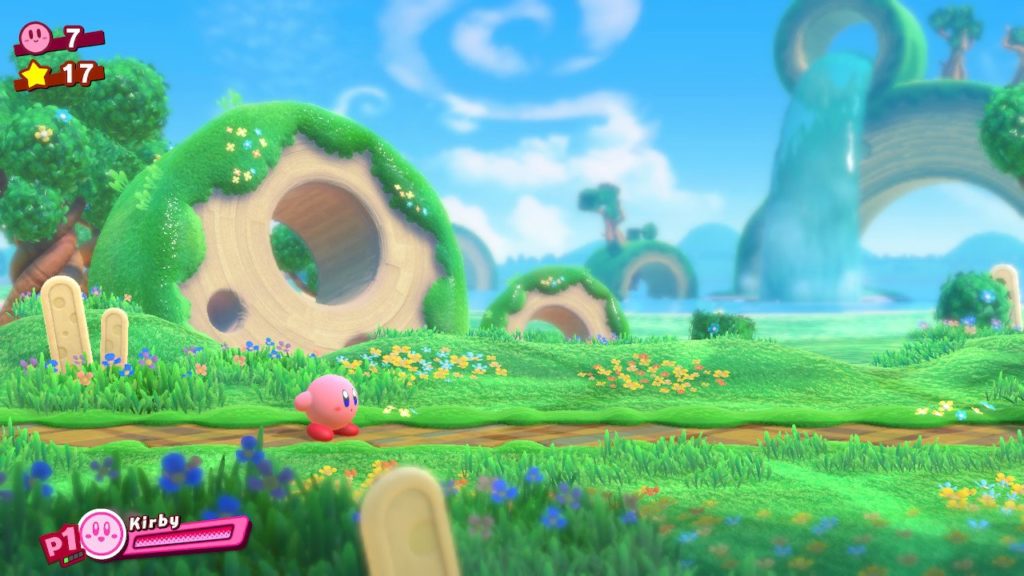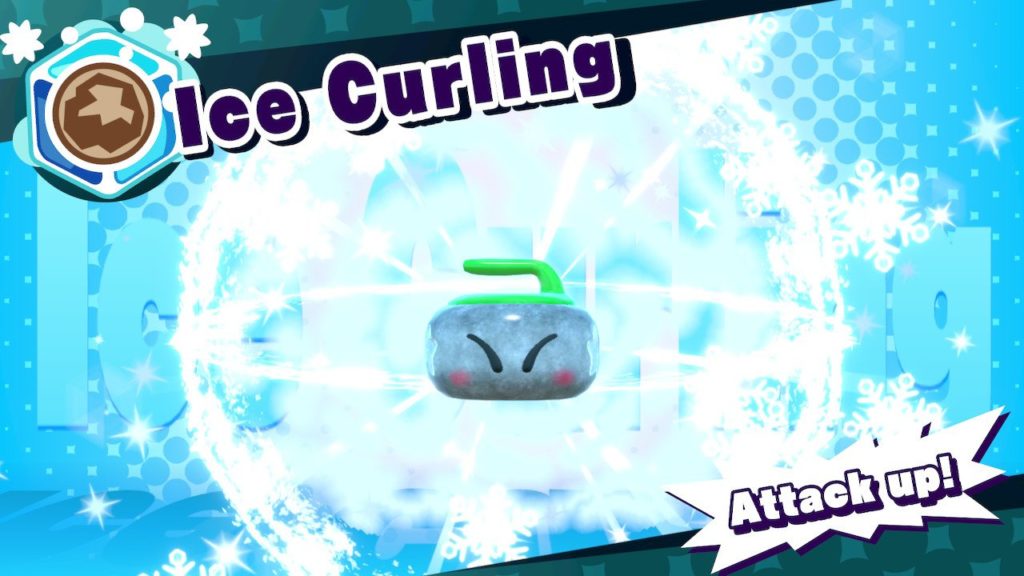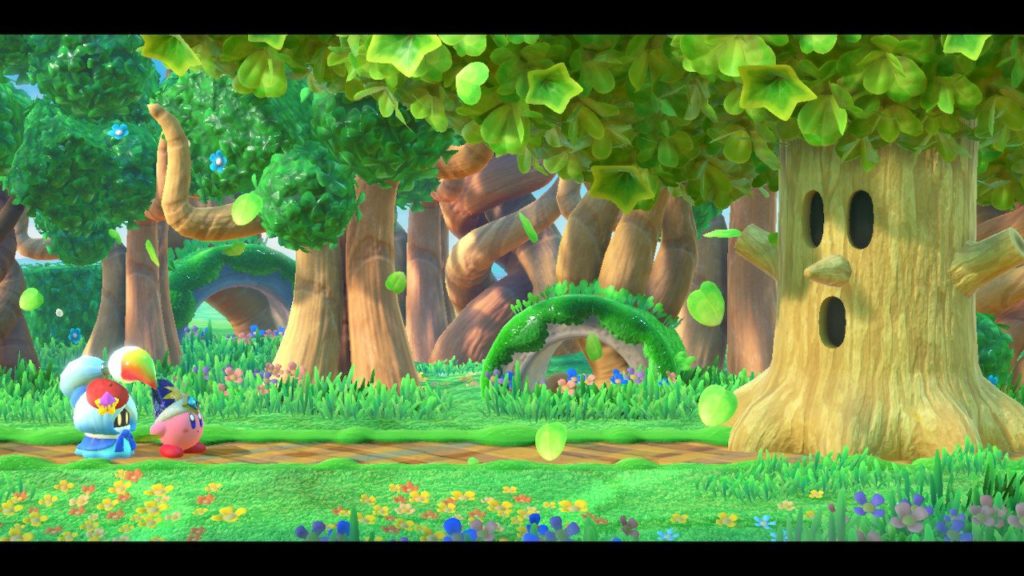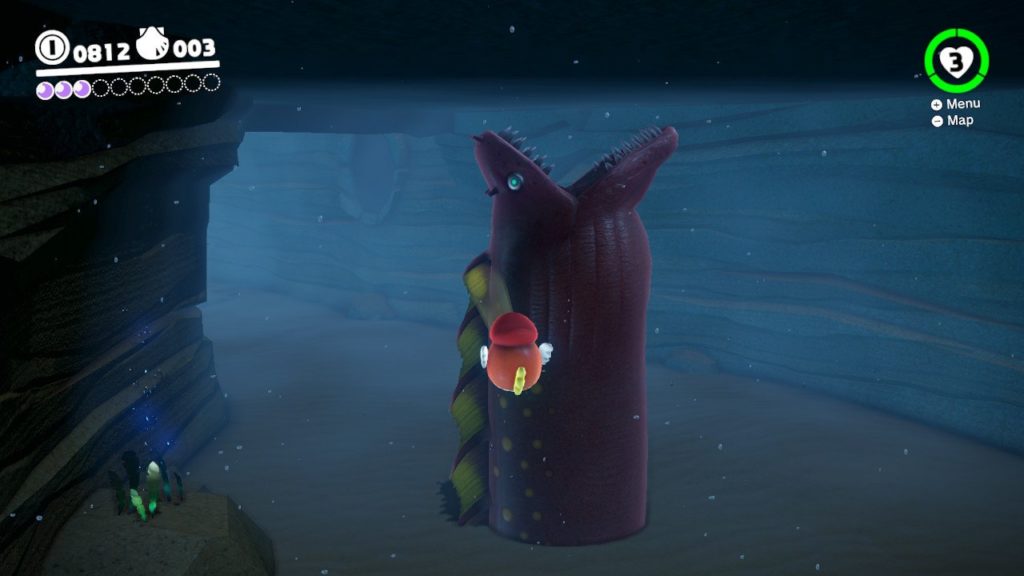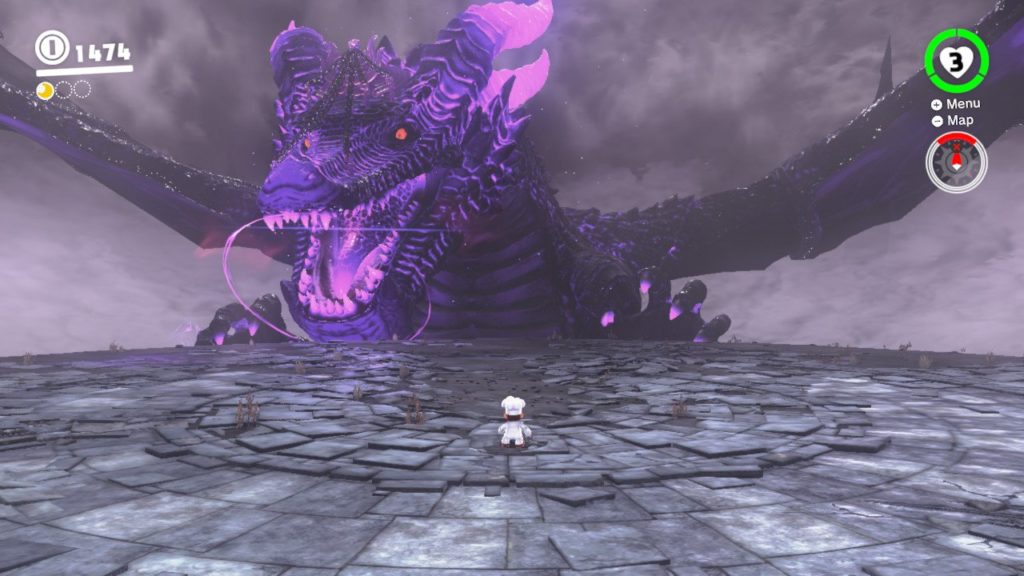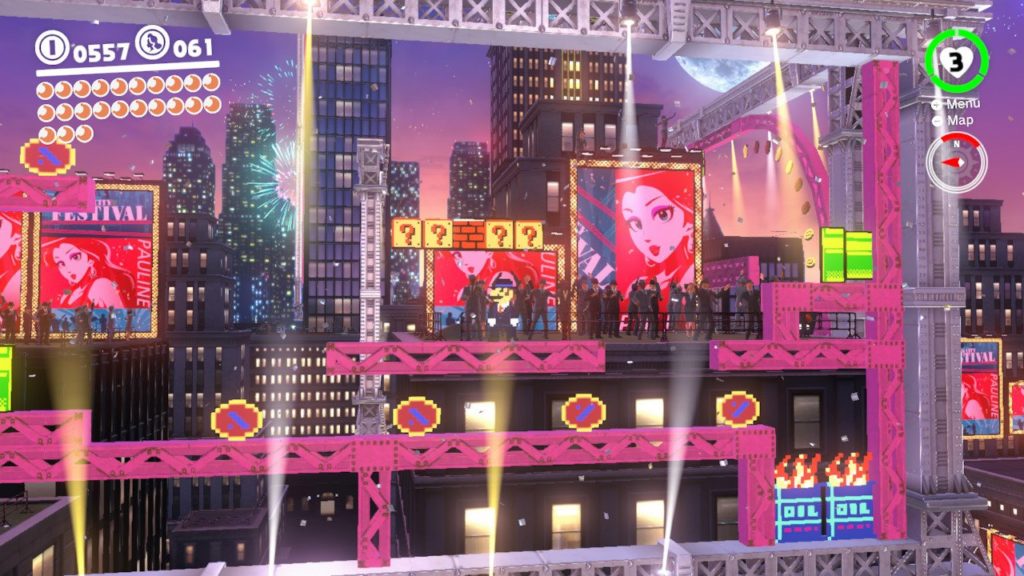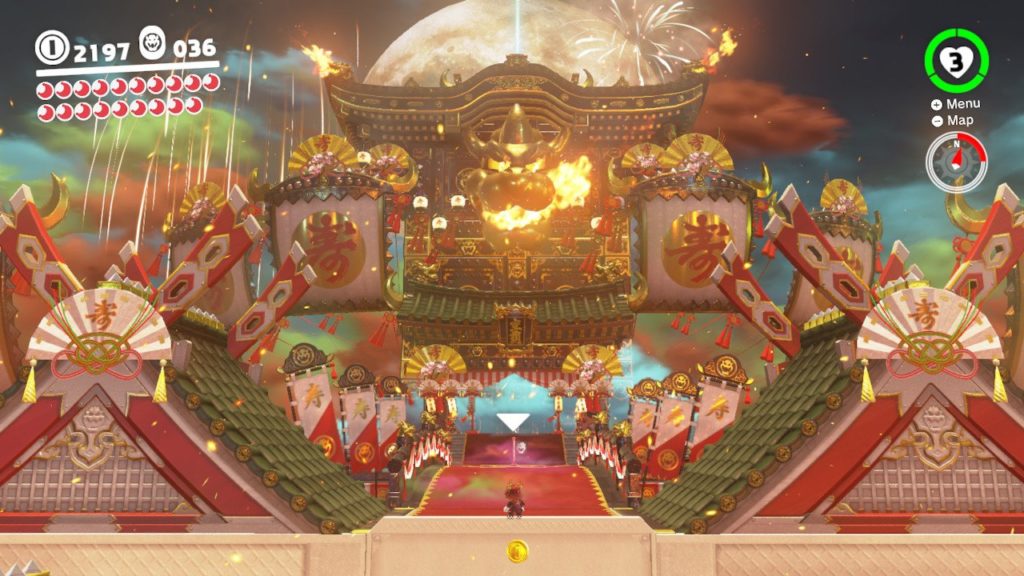- Genre: Platformer
- Platform: Switch
- Also Available On: Wii U
TL;DR
- Solid entry to the DKC series. Doesn’t necessarily do new things, but does most things to a high level.
- Difficulty takes awkward swings depending on whether or not you have a secondary character available.
- One of the better pure 2D platformers available on any platform, and a great one to have on the go now that it’s moved to Switch
Admittedly, this isn’t the first time I played this one. I got through a lot of it back on the Wii U, but ultimately rage quit due to some of the weird difficulty swings. This time around, I took a bit more measured approach to how I was playing the game, and realistically took advantage of knowing the sticking points, and got through it. Ultimately this is a great game and a leading example of how classic platformers can move into modern times, even if it’s not without its share of balance issues.
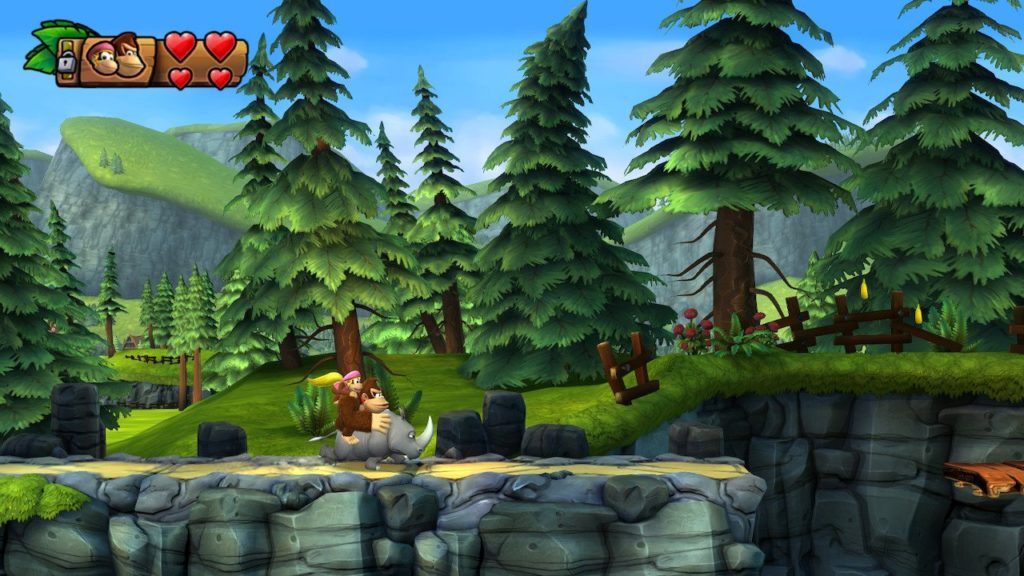
The obvious thing to start with is the fact that this is very much a Donkey Kong Country game. It doesn’t really do much new, does what is expected really well, and is a lot of fun. Your move set is pretty basic, with roll jumps really being the only semi-advanced feature. The only real addition on the newer games is the ground pound to stun enemies. If there is any problem I’d point out there, having ground pound and roll on the same button led me to roll to my death by accident more times than I care to admit. Given the Switch has 4 face buttons, it’s weird that they only use two of them (A/B for jump, X/Y for pound+roll).
However, beyond that input is as expected. Movement is really tight, even with analog movement available. Jumping is really predictable and as expected allows for some variance in height based on hold time. Rolling off the edge of a platform and late jumping still works and is still crucial for speed runs, just as it has since DKC1. That set of core functionality just feels good the entire time, and allows for the difficulty focus to be on not dying, rather than fighting mechanics.
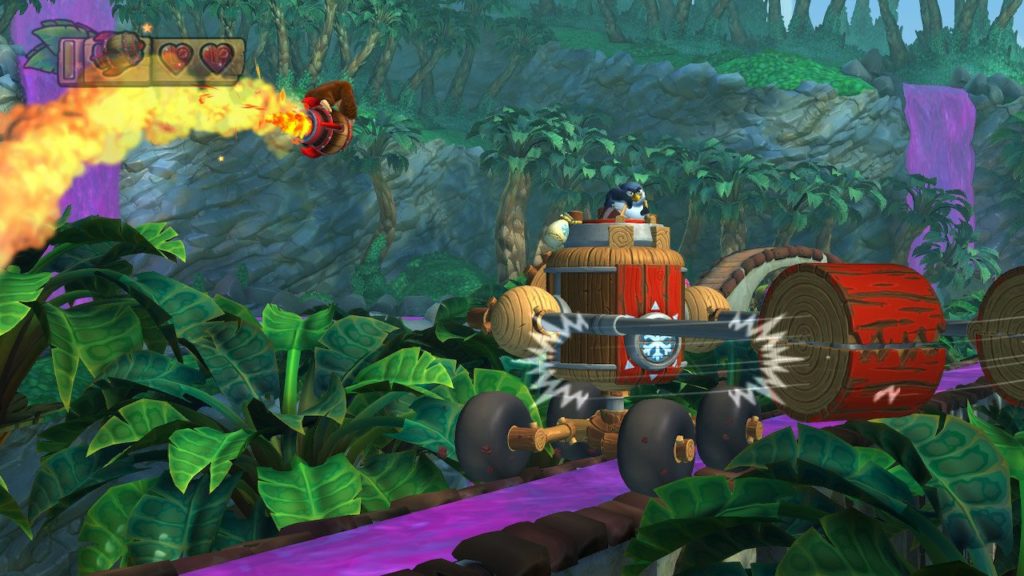
By and large the things that are different still work just as well though. On the ride front you still have your mine cart levels, but you also have levels with rockets that are just as fun, and provide nice distractions from straight platforming. However, the biggest difference is that the secondary characters in the game aren’t playable. They’re there to work as a backpack with a second ability, and it’s here that things start to work a bit less well.
On the secondary front, you’ve got Diddy with a short time jetpack, Dixie with her hair flip hover, and Cranky that acts as a pogo stick to avoid damage on some traps and allow for killing enemies with head protection. There’s no easy way around this – Dixie is by far the most useful and should be the default option. Cranky’s ability works fine but is extremely niche. It’s just not that useful in situations where the additional jump protection provides a measure of safety. Between Diddy and Dixie, Dixie is easily the obvious choice. They both provide a built in amount of horizontal hovering, but Dixie’s provides the secondary help of either gaining height at the top of the jump, or allowing the player to jump under an enemy, then hover up to a platform. It’s simply more versatile to do the same end action.
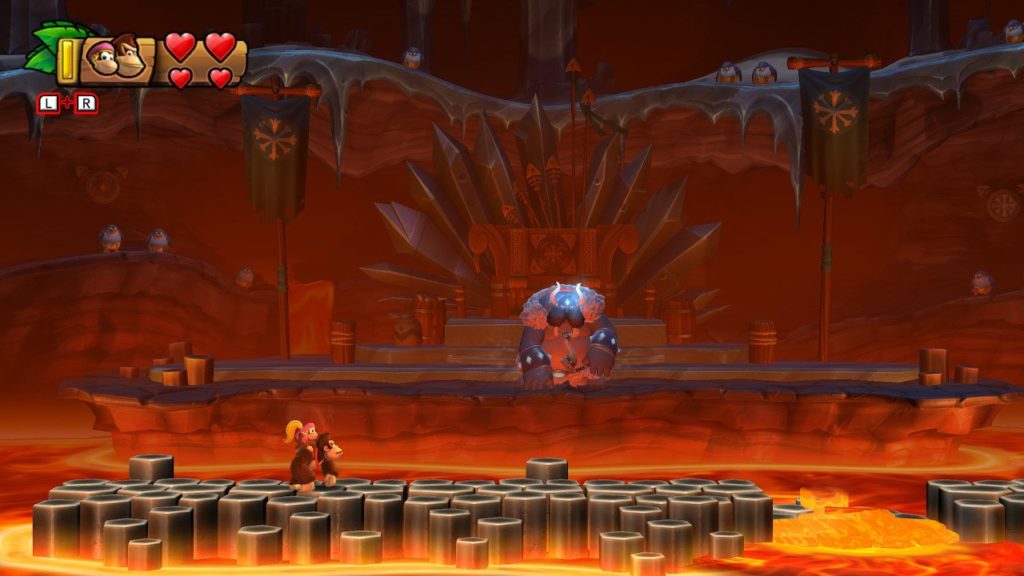
However, it really feels like the game was balanced around having the secondary character at all times, and losing them is a punishing penalty. While it’s not ideal in normal levels to lose a secondary, it will happen often and you’ll deal with it. Most of the levels have fairly rare barrels available to get a new character, so you learn to deal with the limitations in Donkey Kong’s movement and simply slow down. However, bosses exacerbate the issue.
The bosses are by and large 90s-era fights for better or worse. They’re multi-phase fights, all 9 hits to win, and generally simple mechanics. They’re definitely favoring a showcase of skill over spectacle. However, they’re also full of one-shot death mechanics, questionable hit boxes, and having to learn untelegraphed attack patterns through repeated deaths. For the most part it’s as expected, but it’s fairly frustrating. Losing your secondary character just means that you go from a low threshold of danger to almost no threshold for danger. Given how quick you can exit and re-enter the boss fights, it generally makes more sense to do just that when getting hit, and that’s probably not what the design team was going for.
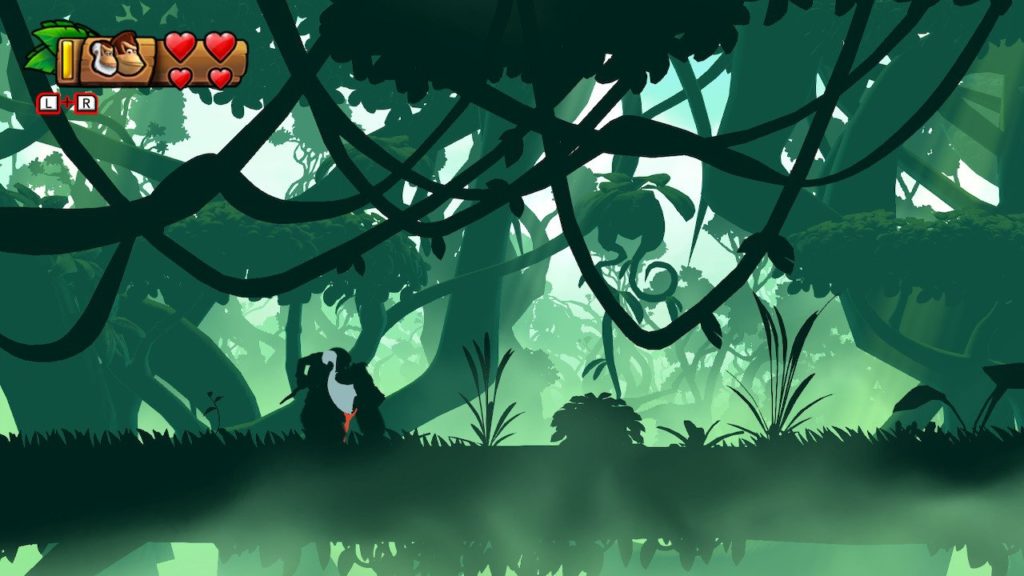
So end of the day this is a game that lives by the fact that it’s very much a 90s game. Building off a series that was so mechanically fantastic as DKC puts you at a point where that will generally work fine, and Tropical Freeze doesn’t falter. There’s definitely warts here because it doesn’t try to be something overtly modern, but at the same time I played and enjoyed it BECAUSE of that. Do I think people that aren’t fans of 90s platformers will enjoy this? Not really. However, that makes it pretty obvious who the target market is, and those folks will be happy again.


